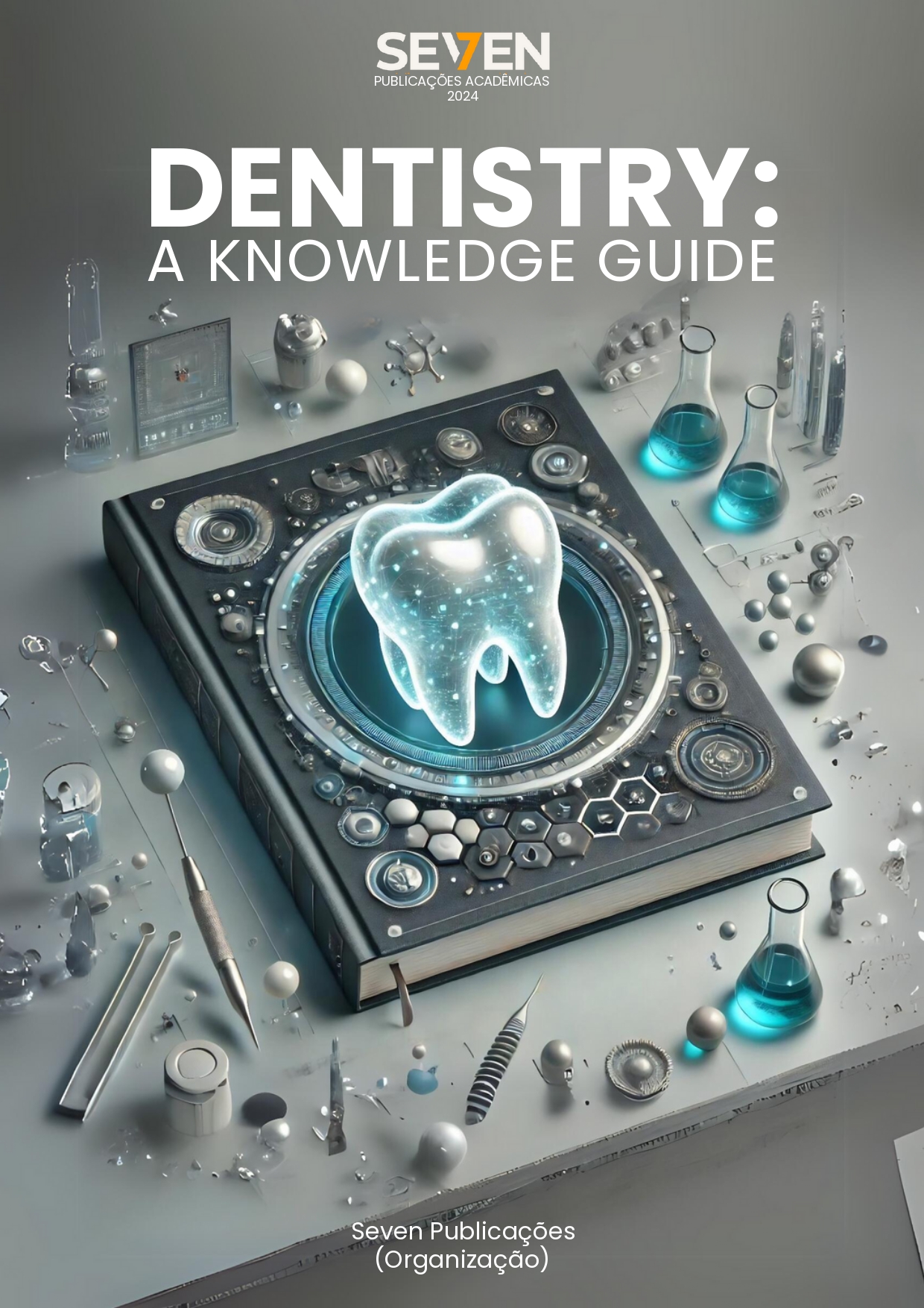EVALUATION OF FLEXURAL STRENGTH AND MICROHARDNESS OF A PHOTOCURATED MICROHYBRID RESIN IN DIFFERENT IRRADIANCES
Keywords:
Mechanical Tests, Flexural Strength, Hardness Tests, Composite ResinsAbstract
Physical-mechanical evaluation tests provide data on the stiffness, resilience and hardness of materials, as well as allow the association of these characteristics with monomeric conversion factors, an important agent that will directly influence the optimization of aesthetic and functional results. This pilot study sought to evaluate a microhybrid composite resin, used in class I and II dental restorations, through the Knoop physical-mechanical tests of flexural strength and microhardness. This provided relevant data on the material's ability to withstand deformation forces and its degree of conversion according to different photocuring methods. For the study, Fill Magic – Vigodent composite resin was used. A total of 9 specimens were made, divided into 3 groups according to the photoactivation mode. The polymerization methods used were the STANDART and HIGH modes. Photoactivation was performed in the center of the samples. The specimens were fixed in a metal device, coupled to the universal testing machine and submitted to the three-point flexural strength test. The force was applied to the center of the specimen at a speed of 1mm/min with a load cell of 500 N, until the specimen failed completely. Then, the same specimens submitted to the flexion test were evaluated in the Knoop microhardness test. The results obtained indicate that the photocuring protocol, especially the exposure time and the proximity of the tip, directly influences the mechanical strength and hardness of the material, with better results observed in the groups with longer photocuring time.
Downloads
Published
Issue
Section
License
Copyright (c) 2024 Sarah de Araújo Mendes Cardoso, Geovanna de Castro Bizarria, Carolina Cardoso de Araujo, Álefi Marques Lopes da Silva, Wglanna Kellen de Maria Silva Costa, Ulhiana Luzia Soares Morais, Nicollas Gabriel de Carvalho Lima, Ousanas Wesllen Macedo da Costa, Maria Sarah Teresa Lima Verde Moura, Igor Gabriel Ribeiro Dantas, Marine Olmos Villagomez, Maria do Amparo Veloso Magalhães

This work is licensed under a Creative Commons Attribution-NonCommercial 4.0 International License.





